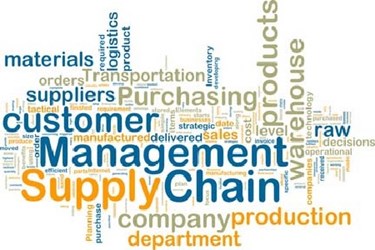Modifying Supply Chain Practices May Curtail Food Waste
By Melissa Lind, contributing writer

A recent report issued by WRAP states that changes to the food industry’s supply chain could save the global economy an estimated $300 billion per year by 2030.
Up to one-third of all food produced globally ends up as waste. According to the United Nations Food and Agriculture Organization (FAO), the annual value of this wasted food is estimated at $750 billion at the producer level. The actual consumer value is much higher as food value increases as it travels down the supply chain. As developing nations show increasing economic growth, the middle class of the global economy in turn expands, causing predicted, annual food waste costs to rise by as much as 50 percent over the next decade.
Reducing consumer food waste by 20 to 50 percent could save the global economy between $180 and 300 billion each year, according to a new report issued by the Waste & Resources Action Programme (WRAP). The report, Strategies to Achieve Economic and Environmental Gains by Reducing Food Waste, focuses on small changes to the food supply chain that can have a big impact on waste reduction. The WRAP report addresses practical solutions to waste issues, such as better package design and lower refrigerator temperatures. It also estimates that better refrigeration equipment in the developing world could eliminate 25 percent of global food waste.
In addition to changes to the food supply chain, WRAP focuses on consumer behavior and its impact to the global economy and climate. In 2007, WRAP launched a UK-based consumer education program, Love Food Hate Waste, which demonstrated a 21 percent reduction in household food wastes in affected areas.
The organization has also shown that changes in retailer behavior, such as stock rotations, could have a significant impact in decreasing food waste at the commercial level. In addition, WRAP believes that standardization of “use by,” “expiration,” or “display until” labeling is needed as current labeling may lead to confusion regarding product spoilage. This confusion can lead to creating additional waste. Ultimately, the agency believes all “display until” labeling should be removed in favor of true expiration dates to reduce waste at both the retail and consumer levels. WRAP also advocates that “open life” guidance should be issued to inform the consumer how long the product is able to be consumed once opened.
Some changes, such as increased refrigeration capacity in the developing world, are big changes. However, other recommendations can be executed by the food industry with only minor adjustments. Richard Swannell, Director of Sustainable Food Systems at WRAP states, “By implementing these simple recommendations, food manufacturers and retailers can make a big difference in the battle against food waste.”
